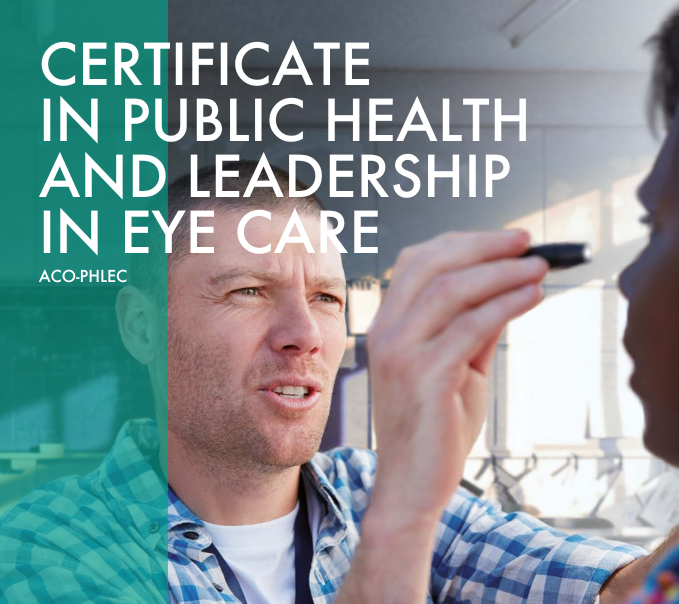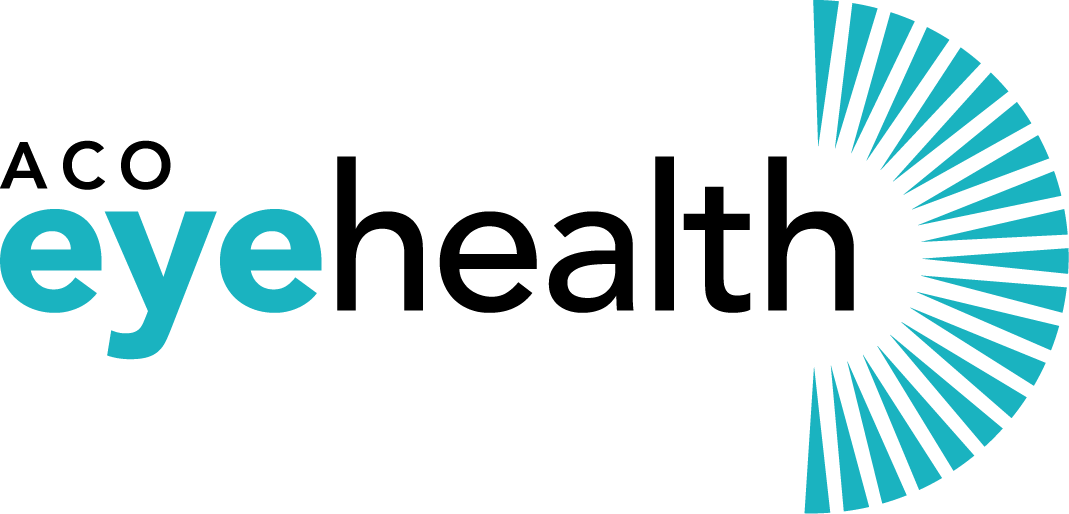Public health case study
Cataract Surgery Inequities Among First Nations AustraliansFirst Nations Australians over the age of 40 experience vision loss at three times the rate of non-Indigenous Australians, primarily due to preventable or treatable conditions such as refractive error, cataract, and diabetic retinopathy. Cataract surgery, a key intervention, highlights significant disparities in access to timely care (AIHW, 2024).
In 2022–23, First Nations people faced a median wait time of 159 days for cataract surgery, compared to 118 days for non-Indigenous Australians. This delay exacerbates the vision impairment burden and contributes to poorer health outcomes. Over a two-year period (2021–23), 8,008 First Nations people underwent cataract surgery, far short of the estimated 17,000 who required it.
A. Increasing the number of fly-in, fly-out ophthalmologists to remote Aboriginal communities.
B. Building the capacity of Aboriginal eye health workers and local community-controlled services.
C. Expanding cataract services at local hospitals
D. Providing increased ophthalmology telehealth services to remote First nations communities

B - Building the capacity of Aboriginal eye health workers and strengthening local community-controlled services.
Improving outcomes in Aboriginal and Torres Strait Islander eye health is most effectively achieved through locally led, culturally safe approaches that build Indigenous workforce capacity, and support Aboriginal Community-Controlled Health Organisations (ACCHOs). These improvements align with a strengths-based model of care that empowers Aboriginal communities through self-determination and control over health service delivery. The emphasis is on developing sustainable capacity within communities, rather than relying on external, fly-in-fly-out (FIFO) models.
The AIHW (2015) Health and Welfare of Australia’s Aboriginal and Torres Strait Islander Peoples report reinforces how empowering First Nations people to participate in the health workforce to deliver community-led care can contribute to better health outcomes.
Join leading presenters such as A/Prof Kristopher Rallah-Baker in the Australian College of Optometry’s Certificate in Public Health and Leadership in Eyecare as they discuss issues facing vulnerable patient groups and strategies to help improve patient outcomes.
About the Certificate in Public Health & Leadership in Eye Care
The Certificate in Public Health and Leadership in Eye Care supports optometrists and other health professionals to be leaders in public health with a broadened perspective on health education and promotion, policy, research, and eye care for marginalised populations.
Learn from a selection of high calibre experts in prominent public health roles who will share their knowledge and insights across this broad and vital area of health care.
Commencing 2 June 2025. CPD pending. Learn more about this course.

References
ACSQHC (Australian Commission on Safety and Quality in Health Care) and AIHW (Australian Institute of Health and Welfare) (2017) The Second Australian Atlas of Healthcare Variation, ACSQHC, Sydney.
AIHW (Australian Institute of Health and Welfare) (2015) The health and welfare of Australia’s Aboriginal and Torres Strait Islander peoples, catalogue number IHW 147, AIHW, Australian Government, Canberra.
AIHW (Australian Institute of Health and Welfare) (2024) Eye health measures for Aboriginal and Torres Strait Islander people 2024: in brief, catalogue number IHW 287, AIHW, Australian Government.
Randall DA, Reinten T, Maher L, Lujic S, Stewart J, Keay L, Leyland AH, Jorm LR (2014). Disparities in cataract surgery between Aboriginal and non-Aboriginal people in New South Wales, Australia. Clinical & experimental ophthalmology. 42:629-36.


